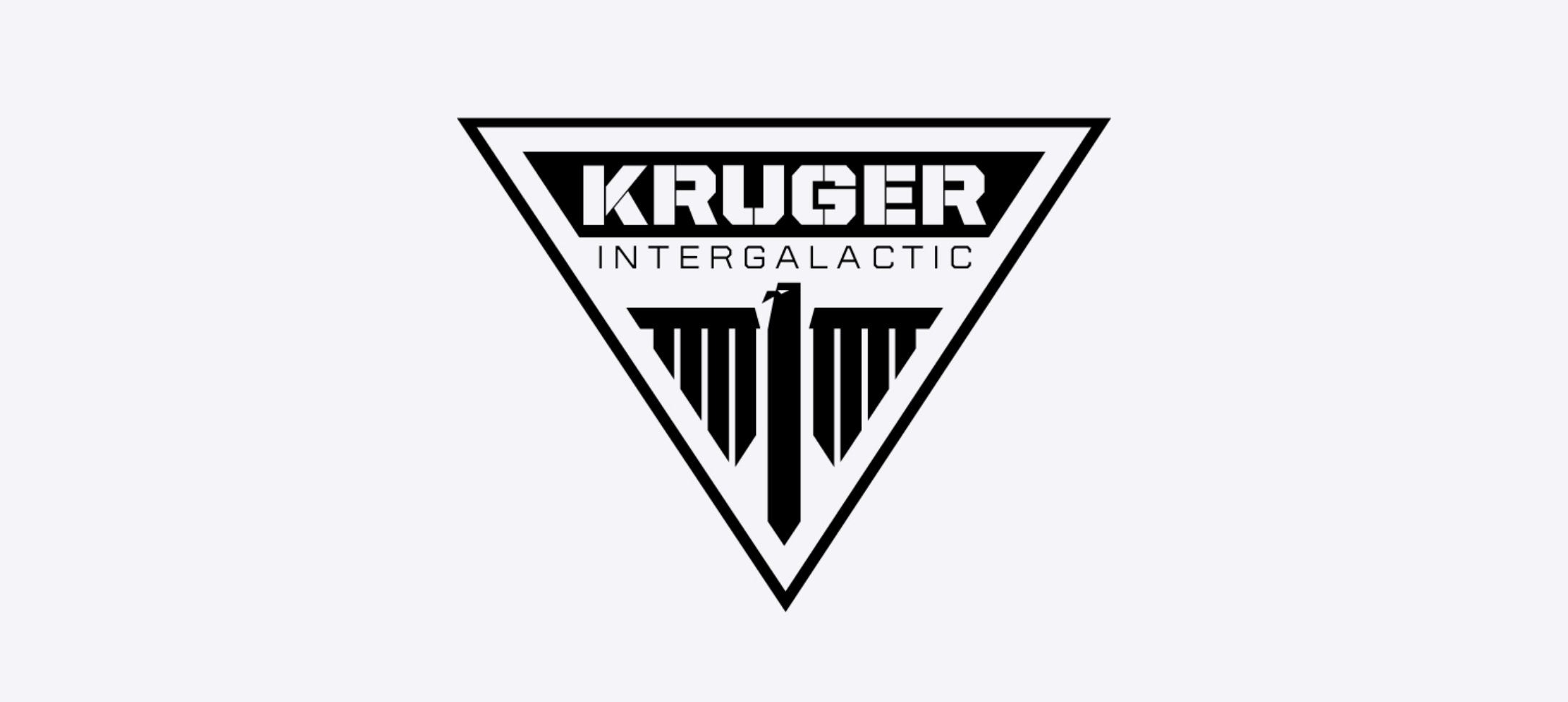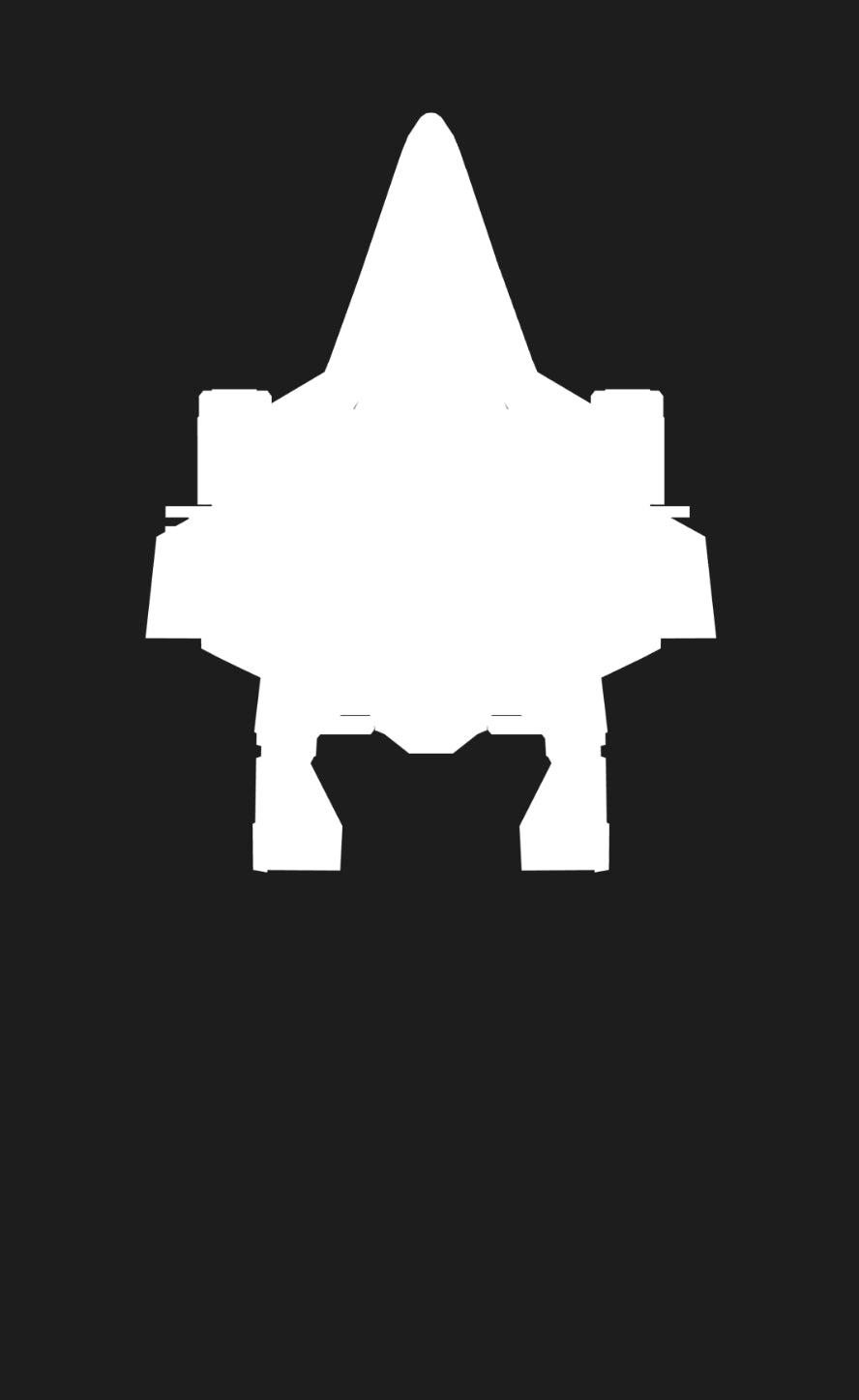
Kruger L-22 Alpha Wolf – Sharpening the Fangs of the Wolf Line
Kruger Intergalactic spent centuries as a precision manufacturer rather than a shipbuilder — the quiet powerhouse behind RSI components, bespoke assemblies, and high-quality parts trusted across the UEE. Their engineering lived in the details: the polish of a housing, the balance of a turret arm, the hum of a power regulator.
The L-21 Wolf changed everything. It was the company’s first independently developed spacecraft — a sleek, aggressive light fighter that fused golden-age aerospace lines with advanced modern combat capabilities. Its debut also ushered in Kruger’s new silver-and-white branding and a design renaissance that signaled a new era for the manufacturer.
The L-22 Alpha Wolf carries that momentum forward. It is not a successor, not an overhaul, and not a replacement for the Wolf. It is a parallel expression — a variant for pilots who want a more streamlined silhouette, laser-focused firepower, and a slightly different personality in the cockpit.
It is, in spirit and execution, the Wolf refined.

Kruger’s First True Ship Line
Before stepping into shipbuilding, Kruger’s reputation came from its long-standing partnerships with giants like RSI and Behring. Their craftsmanship supported designs ranging from the P-series snub fighters to high-end weapons and assemblies. But those were always someone else’s frames.
The Wolf changed that narrative. It was their first full-scale craft with a quantum drive, a dedicated combat purpose, and a brand-new Kruger UI (still evolving). It introduced pilots to Kruger’s approach to ship design:
-
flowing lines instead of blocky silhouettes
-
a cockpit positioned with exacting attention to visibility
-
classic aerospace inspiration blended with modern materials
But its defining feature was also its most divisive: the large, dramatic lower fin. Designers loved it. Players were split. Even internally, it sparked debates during development.
That debate gave birth to the Alpha Wolf.

A Variant With Its Own Shape and Style
The L-22 Alpha Wolf retains the Wolf’s core hull language — the retro-futuristic curves, the pointed stance, the elegant symmetry. But it introduces several geometry changes that set it apart without breaking the bloodline.
The most important is the fin philosophy. On the L-22, the fin is dramatically smaller and cleaner, giving the fighter a more streamlined, aerodynamic profile. At the rear, long horizontal wings are replaced with vertical side fins inspired by mid-century aircraft, shifting the silhouette while subtly influencing handling.
These changes create a ship that feels familiar yet immediately distinct — like a sibling with the same lineage but a different temperament.
The Alpha sacrifices a touch of SCM and NAV speed but gains improved rotational agility, making it sharper in close engagements. It feels tuned for pilots who prefer knife-fight control rather than straight-line dominance.

Ballistic Wolf vs Laser Wolf
The biggest divergence between the L-21 and L-22 comes down to weapon philosophy.
L-21 Wolf (Ballistic Loadout)
-
Two bespoke Size 4 ballistic Gatling guns
-
Eight Size 1 missiles
-
High burst damage and devastating opening salvos
-
Finite ammunition requiring resupply
L-22 Alpha Wolf (Laser Loadout)
-
Two bespoke Size 4 laser repeaters
-
Six Size 2 missiles
-
Sustained fire through recharge-based weapons
-
Heavier missiles with more punch per shot
Both variants share the same dual Size 1 shield generator arrangement. Both reward pilots who avoid being hit rather than absorbing fire. But they encourage different mentalities:
-
The Wolf rewards ambush, burst damage, and aggressive in-and-out strikes.
-
The Alpha Wolf rewards consistency, staying power, and prolonged engagements where ammo would be a limiting factor.
And crucially:
the weapons are swappable across both ships — no kits required if you own both variants.
This modular ecosystem is part of Kruger’s philosophy: future updates, future ships, and future expansions will continue supporting both crafts, not superseding them.

Aesthetic Details That Give the Alpha Its Own Identity
The Alpha Wolf introduces several details that give it a sharper tone.
A glowing red light bar across the canopy evokes classic sci-fi machines — the kind that feel sentient, watchful, and powerful. In the rear, large power capacitors connect to the weapons via bright orange conduits, visibly routing energy to the laser repeaters when deployed. These aren’t decorative flourishes; they’re storytelling — visual hints that the Alpha’s energy-based weaponry is woven through its body.
Inside, the cockpit keeps Kruger’s signature aesthetic: sweeping displays, clean surfaces, and excellent visibility. This placement was refined through early testing; designers originally positioned the cockpit further back but moved it forward to preserve situational awareness in combat.
Weapons can be manually deployed or stowed at any time, allowing pilots to control their ship’s profile.

Practical Considerations: Storage, Components, and Upgrades
Despite being a light fighter, the Wolf chassis is surprisingly practical:
-
External EVA-accessible storage on the starboard side
-
A compact weapons rack on the port side
-
Internal components already placed correctly for future physicalization
As Star Citizen’s component gameplay expands, the Wolf line will grow with it. The design leaves room for mechanical depth without sacrificing the fighter’s elegant simplicity.
And yes: the original Wolf’s fin is now retractable as of Alpha 4.4. The Alpha’s smaller fin does not retract, but its design eliminates the need.

A Family Philosophy — Not Just a Variant
Kruger isn’t building one-off variants. They’re building a ship family.
The L-21 Wolf and L-22 Alpha Wolf are designed to coexist — not as competitors, but as complementary tools for different styles of combat:
-
Some days you want the classic Wolf, with its bold fin and ballistic roar.
-
Other days you want the Alpha’s laser precision and sleek, modern profile.
Paints work on both ships. Future Kruger ships will share upgrade paths. Weapon kits will remain a defining feature of the brand.
The two fighters feel like snapshots of Kruger’s emerging identity — a fusion of vintage style and modern engineering, united by a commitment to modular design and pilot-driven customization.
For many players, choosing isn’t the point. Flying both is.































